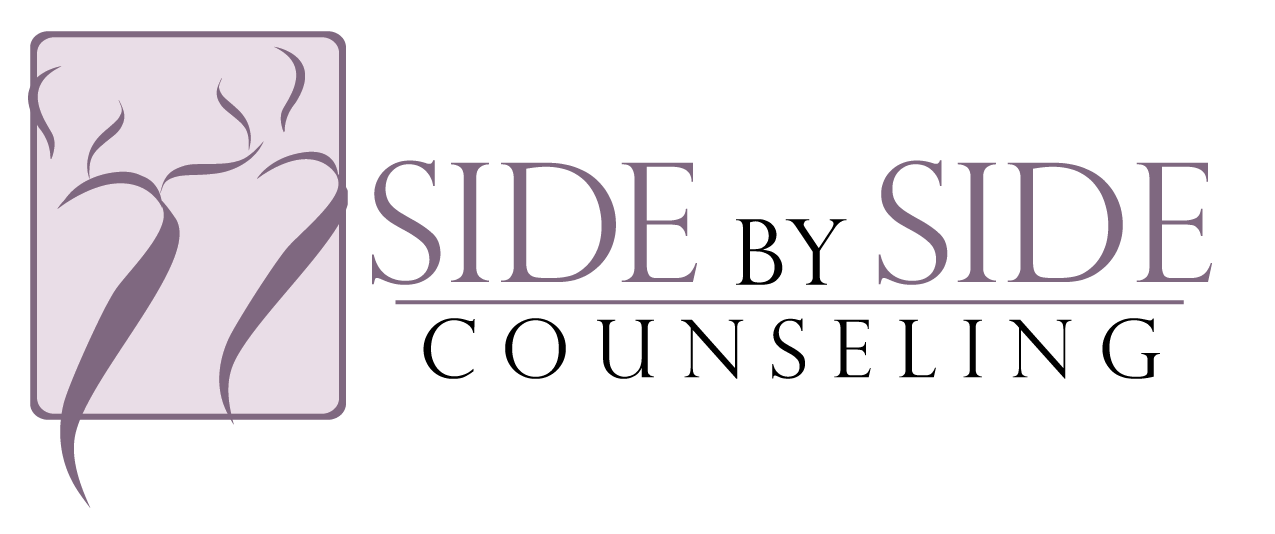PTSD is a term that has become so overused that most people do not know its true meaning. It is usually assumed to describe the aftermath of any traumatic event. In reality, it is a relatively rare phenomenon. PTSD is a descriptor that tries to capture the painful disruption and impacts that extreme trauma can have on an individual’s life. These traumas are severe and disturbing, where there is threatened death, serious injury or sexual violence. Examples include those who have been in combat, endured rape/sexual assault, or first responders. According to the US National Comorbidity Survey Replication done in 2001, in one year 3.5% of participants fit the criteria and the lifetime prevalence among men was 3.6% and women 9.7%.
To receive a diagnosis of PTSD, there are additional factors that highlight the complex coping strategies that emerge in response to the event(s). While there are many symptoms, one dominant pattern is without warning, the individual has to relive the trauma in some way. This includes intrusive memories, flashbacks, or night terrors. Another cluster of symptoms occur because there has been a change in the person’s neurology. Sufferers of PTSD rarely experience a sense of calm. Instead, there is a constant state of being on edge as they wait for danger to occur at any moment. One can be easily startled, have exaggerated responses to a situation because the emotional nerves are so raw, and may even become so overloaded that the body shuts down.
But just because someone is not diagnosed with PTSD does not mean that there are not events in our lives that are traumatic and painful. There are events that are more familiar: abandonment, betrayal, medical traumas, car accidents, harassment, shaming, or humiliation, to name a few. **Please read my article on Big “T” and Little “t” Traumas[ to learn more.
Know that whatever you have gone through, if it is having problematic impacts on your life, it is a signal that there is healing to be done. Perhaps there are ways the past oozes into the present, affecting the way you can relate and connect with other people. Maybe you struggle to access emotions or feel joy because so much is being repressed or shut down. There may even be disconnect between the mind, heart and body. The good news is that there are so many ways to help the pain diminish and overcome the rippling effects. It is not a journey for the faint of heart but with self-compassion, unfaltering support, and intention, do not abandon hope.
